When it comes to home cleaning, the shower door is often the most overlooked area. When first installed, the glass door is crystal clear, almost giving the illusion of a hotel suite. But within a few weeks, scale begins to creep onto the glass surface, and soap residue and shampoo scum settle in the door tracks. You'll notice that the once sparkling shower door begins to fade and become foggy, making cleaning increasingly difficult.
Maintaining a long-lasting, clean glass sliding shower doors require both method and habit. This is not only about visual aesthetics but also about daily convenience and even hygiene. The following article will break down an effective cleaning process, transforming cleaning from a hassle to ease, from a temporary fix to systematic maintenance.
1. The primary goal of cleaning is to prevent dirt from settling in, not just wiping it clean.
Many people only think of cleaning after they see dirt. However, when it comes to glass sliding door care, prevention is key. Bathrooms are high-humidity environments. If left unattended after showering, water droplets, steam, and soap scum quickly leave marks on the glass and tracks. As these marks accumulate, the dirt becomes more challenging to remove.
Truly effective cleaning starts with small actions after every shower, like scraping water droplets off the glass with a wiper or wiping the edges of the door with a dry cloth. These actions may only take you a minute, but they can save you an hour of deep cleaning later.
2. Essential cleaning tools: A few simple ones, no need for complexity
You don't need complicated, expensive tools to clean sliding glass doors. Some natural cleaning products are gentler, more environmentally friendly, and safer for the glass than harsh, commercial cleaners. All you need is:
A spray bottle filled with water
White vinegar (or lemon juice)
Baking soda
Microfiber cloth or an old T-shirt
Toothbrush or crevice brush
These items cost far less than a bottle of brand-name cleaner, yet deliver satisfactory cleaning results without the harsh chemical smell.
3. Step-by-step: Don't just focus on the glass surface and the track.
Pre-treat stains:
Mix white vinegar and warm water in a 1:1 ratio in a spray bottle and spray evenly on the glass door. Let it sit for 5 to 10 minutes. This step loosens any dried-on limescale and soap residue, making it easier to clean.
Gentle stain removal:
Sprinkle baking soda on the damp glass surface and rub it in circular motions with a damp cloth or sponge. The fine texture of baking soda won't scratch the glass, but it has excellent absorption properties, lifting most stains.
Cleaning the door track:
Use a toothbrush dipped in white vinegar to scrub the edges of the track and metal pulleys. These areas often harbour invisible mould and water accumulation, so don't neglect them.
Rinse and dry thoroughly:
Rinse with clean water to remove any remaining detergent residue. Then, thoroughly dry the glass and door frame with a dry towel or microfiber cloth. Never allow water droplets to dry naturally; this will only leave new watermarks.

4. Avoid common mistakes to ensure long-lasting cleaning results.
Don't use steel wool or rough cloths: These materials can scratch the glass surface, destroying its natural smoothness, and even causing permanent fogging.
Avoid chemical products containing ammonia or bleach: While these are strong, they can corrode the metal fittings of the track and the door frame seals.
Don't forget to ventilate after cleaning: Keeping your bathroom well-ventilated and dry helps prevent mould growth, especially in the cracks between door tracks where water tends to collect.
5. Daily maintenance is worse than frequent "fixes."
Many people wait until their shower doors look extremely dirty before cleaning them, but by then, it's too late. Instead, incorporate cleaning into your daily routine and make it easy and natural.
Scrape the glass after each shower, spray the door cracks with vinegar and water once a week, and clean the track every two weeks. These small actions, cumulatively, can save you from a full-scale cleaning for months.
6. What if you encounter a stubborn problem?
Of course, sometimes we do encounter particularly challenging problems, such as:
Ø Yellow spots or permanent fogging on the glass surface
This often indicates that the glass coating has been damaged and is difficult to remove completely. It is recommended to use a specialised glass refinisher or consider replacing the glass.
Ø Rust on the door frame and track
Try gently scrubbing with a toothbrush dipped in white vinegar and a small amount of salt, then wipe thoroughly. However, if the rust has compromised the structural integrity, do not force yourself to clean it.
Ø Blackened and mouldy sealant
Spray with 3% hydrogen peroxide, let it sit, and then scrub to remove surface mould. However, if the mould has penetrated deeper into the material, replacement is the only permanent solution.
7. Cleaning isn't just about appearance; it's about comfort.
The bathroom is one of the most intimate and frequently used spaces in the home. A clean glass shower door not only brings a pleasant mood but also reflects a family's lifestyle. Stepping into a clean, transparent, and non-slip and non-staining shower creates a sense of comfort that no expensive renovation can replace.
Make cleaning a habit, not a struggle. With the correct method, even the most stubborn stains can be removed. You don't need a professional cleaning company or complicated tools; just a little patience and a clean shower door will be within your reach.

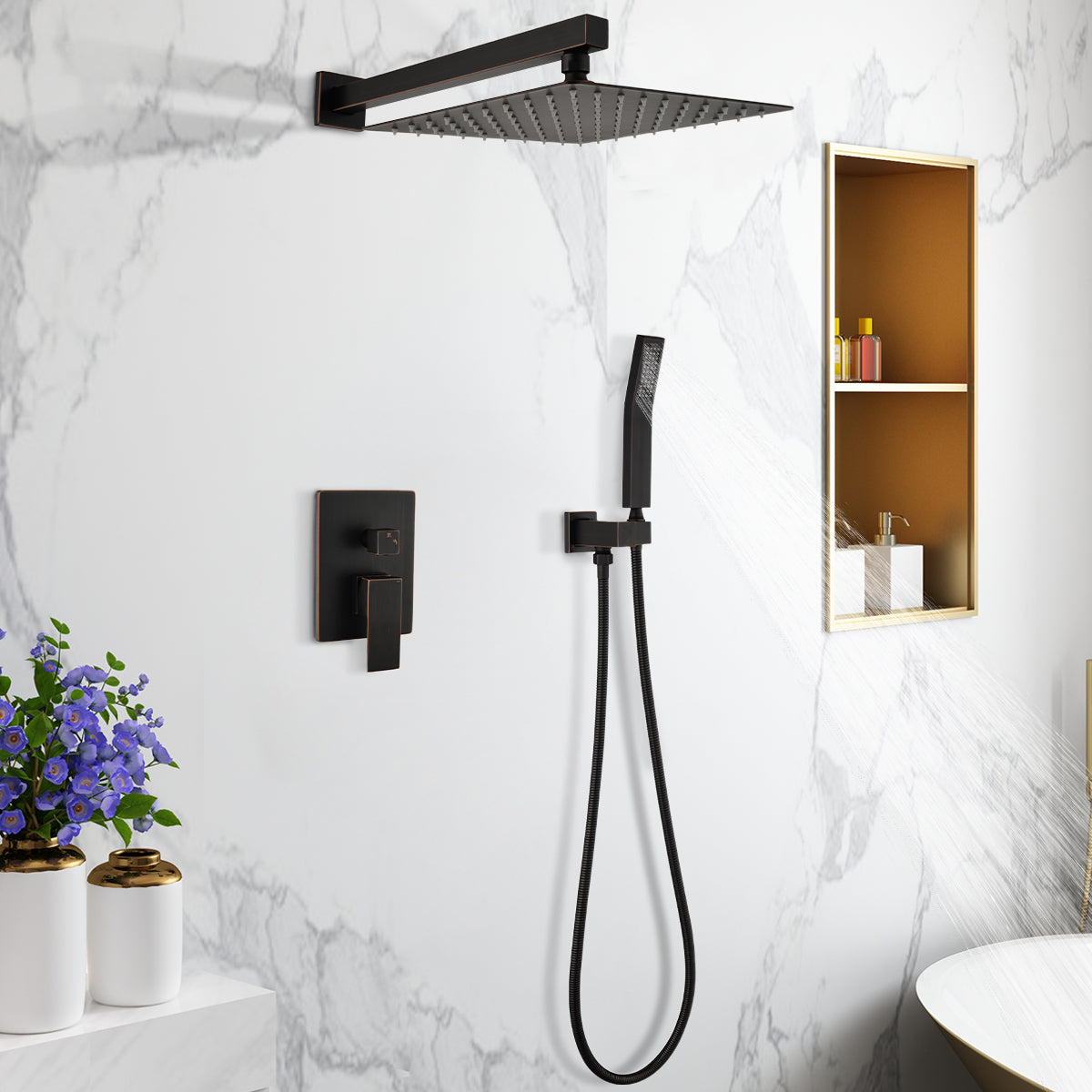



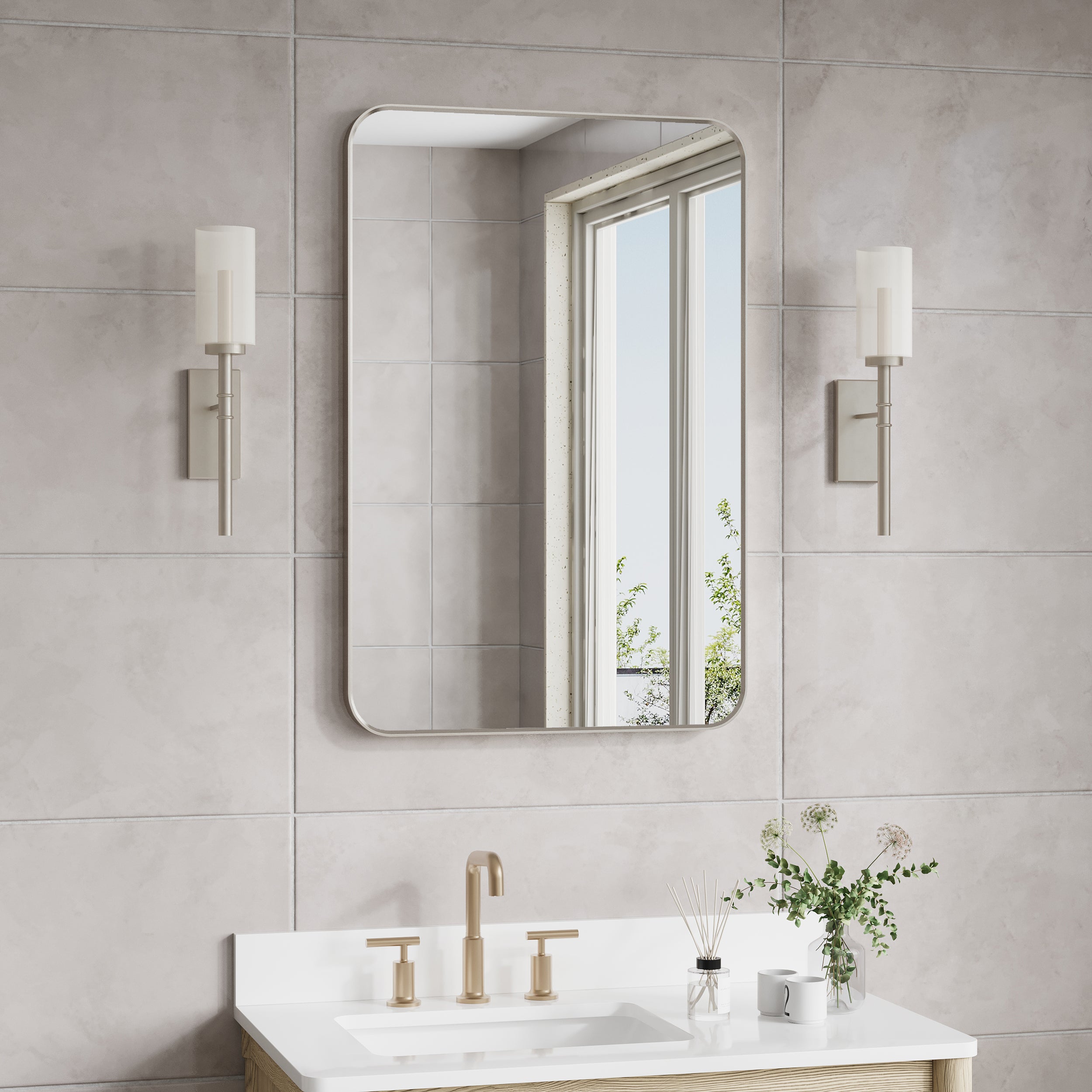
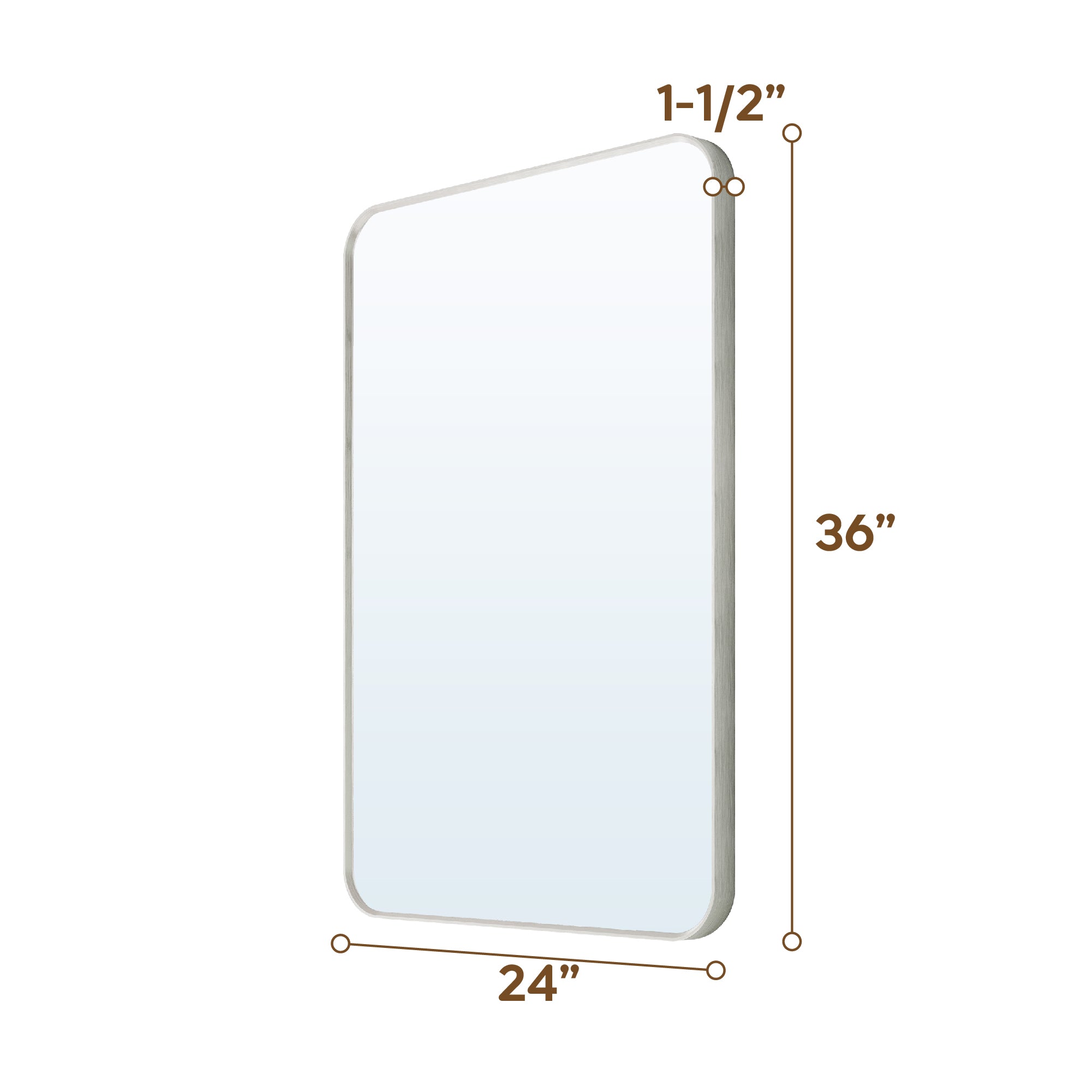





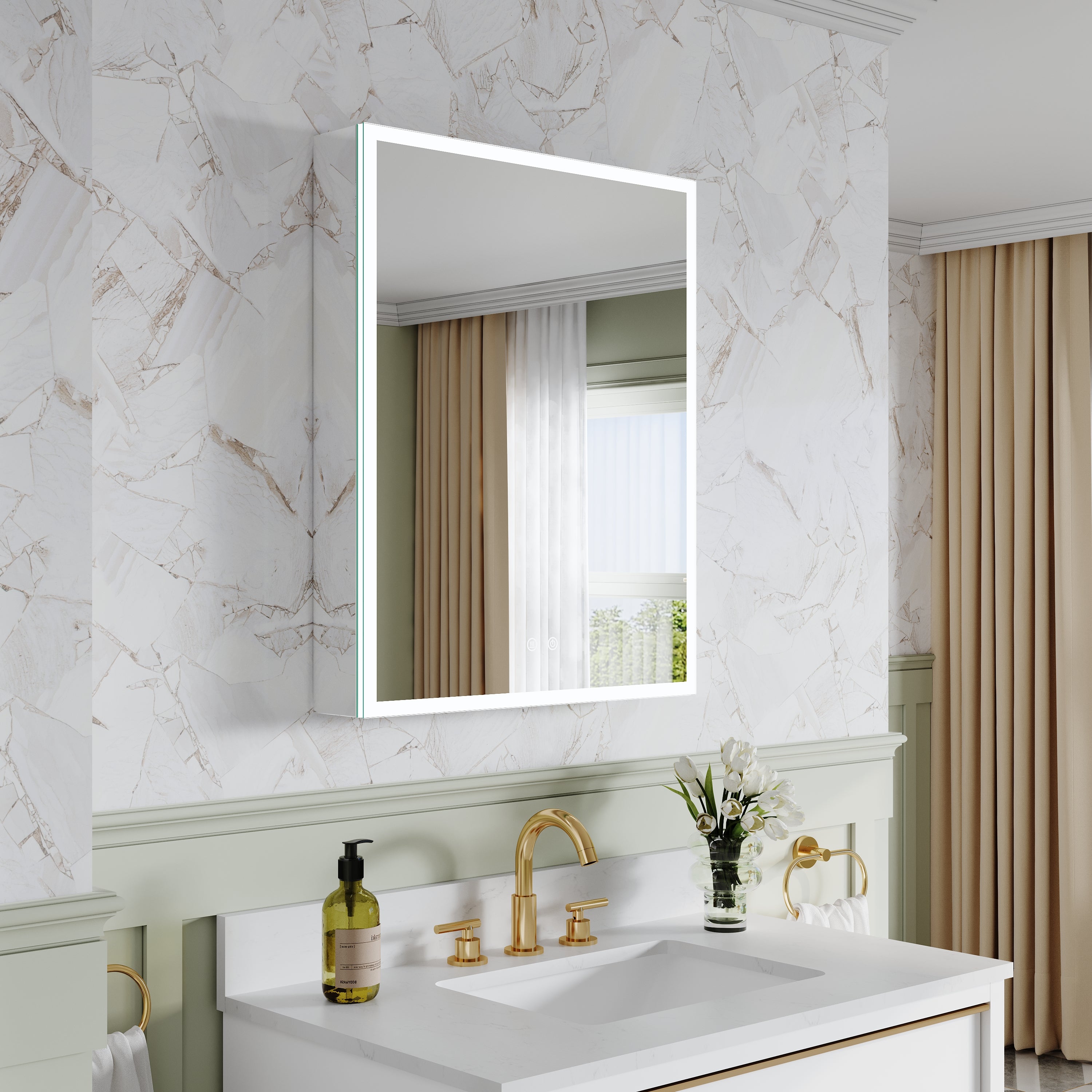

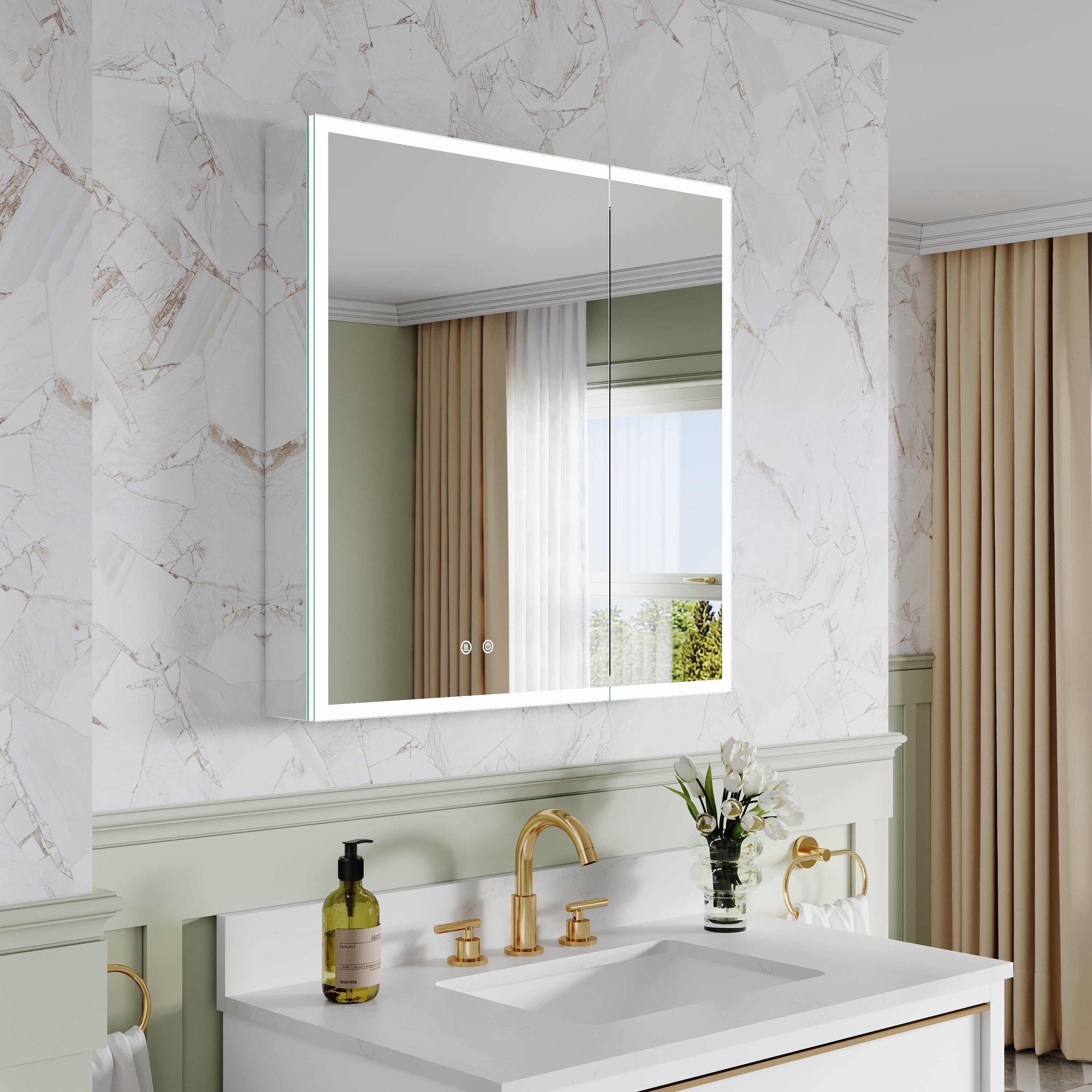

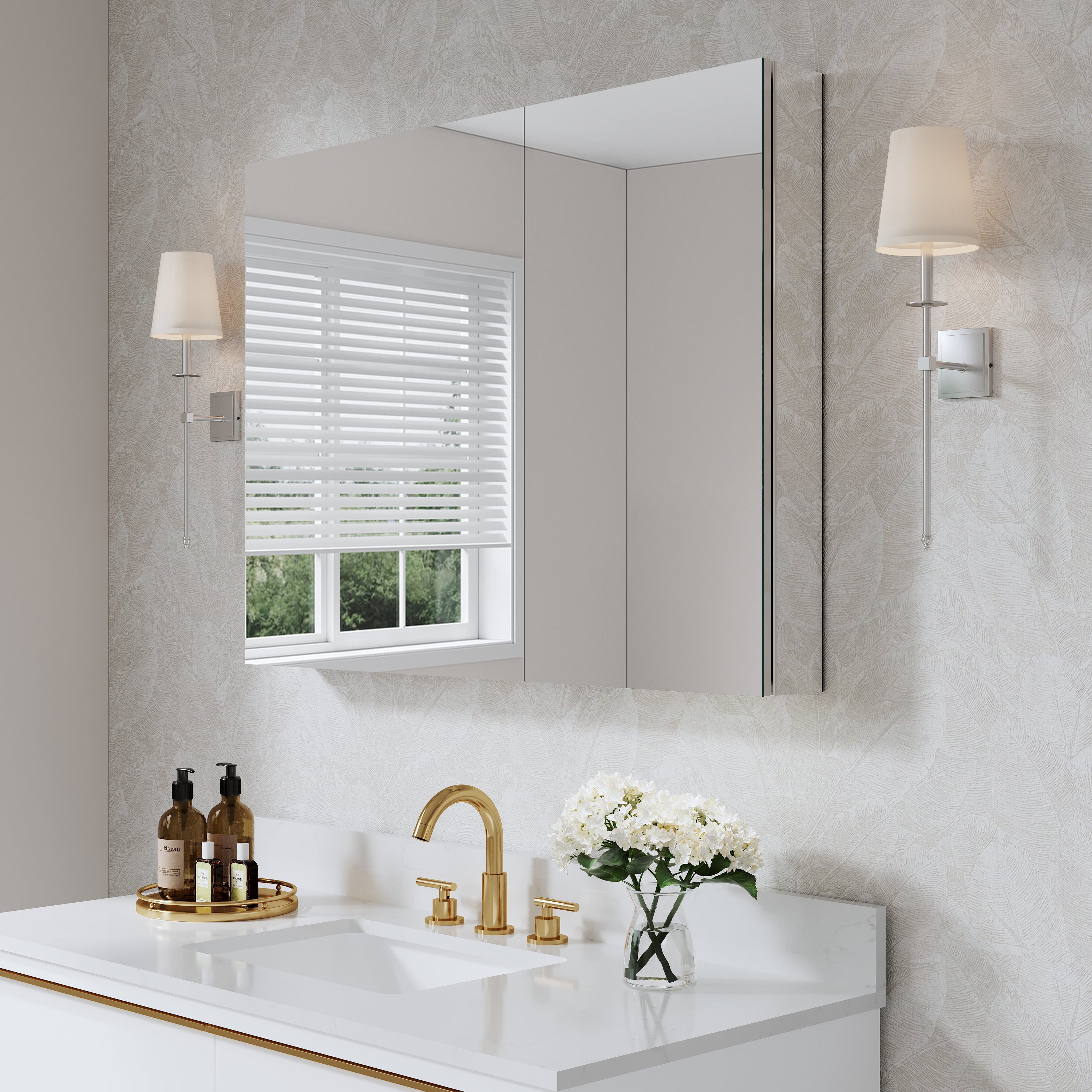

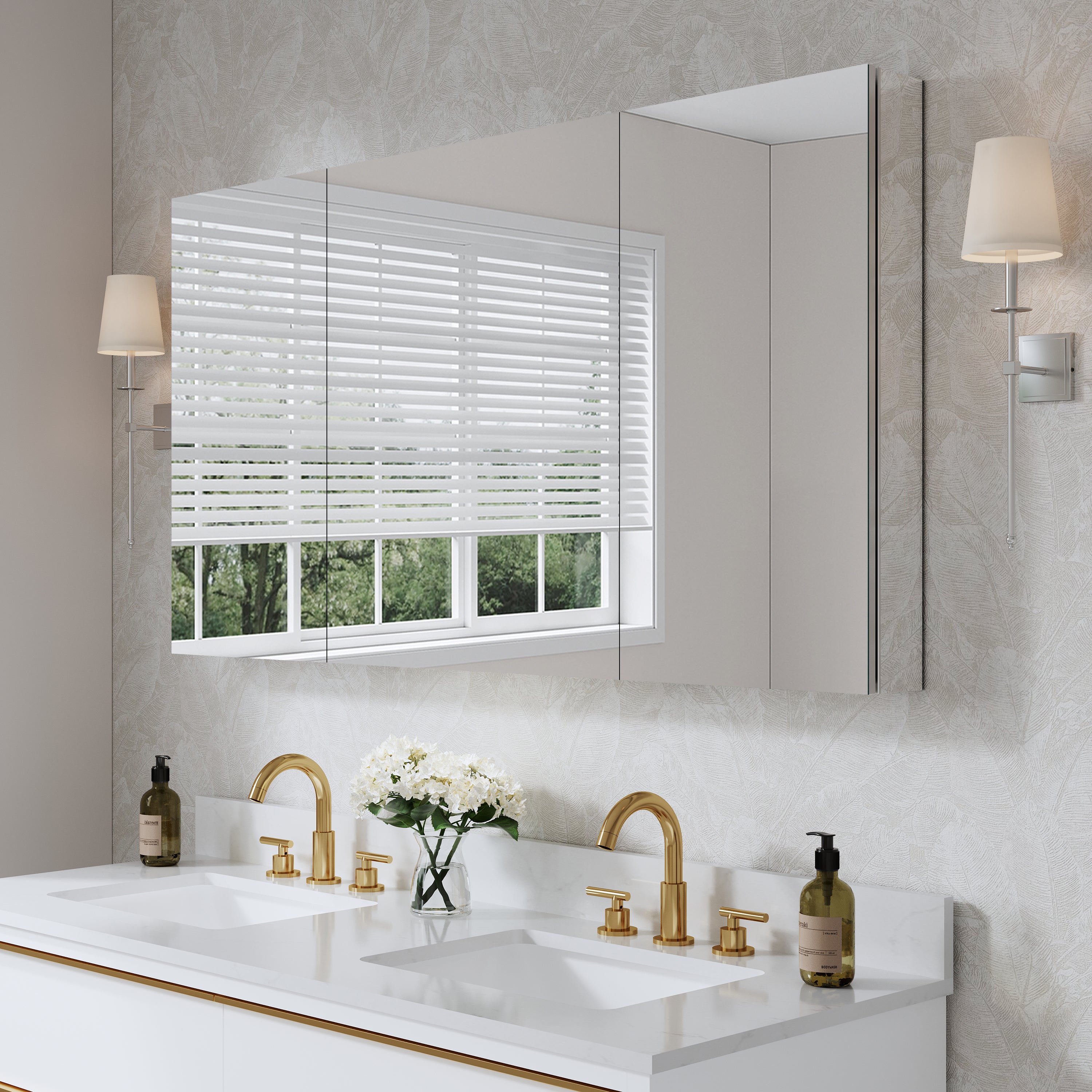

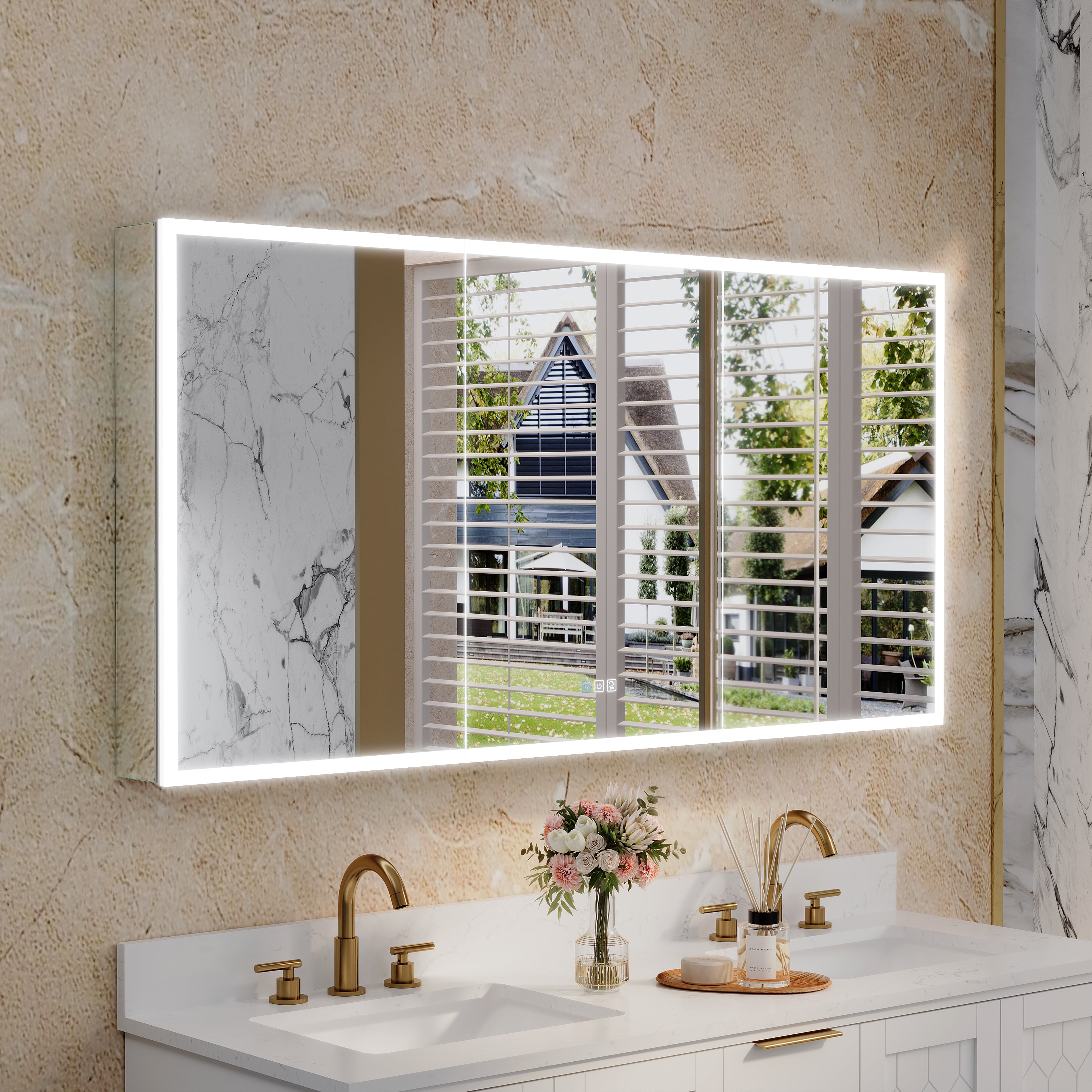

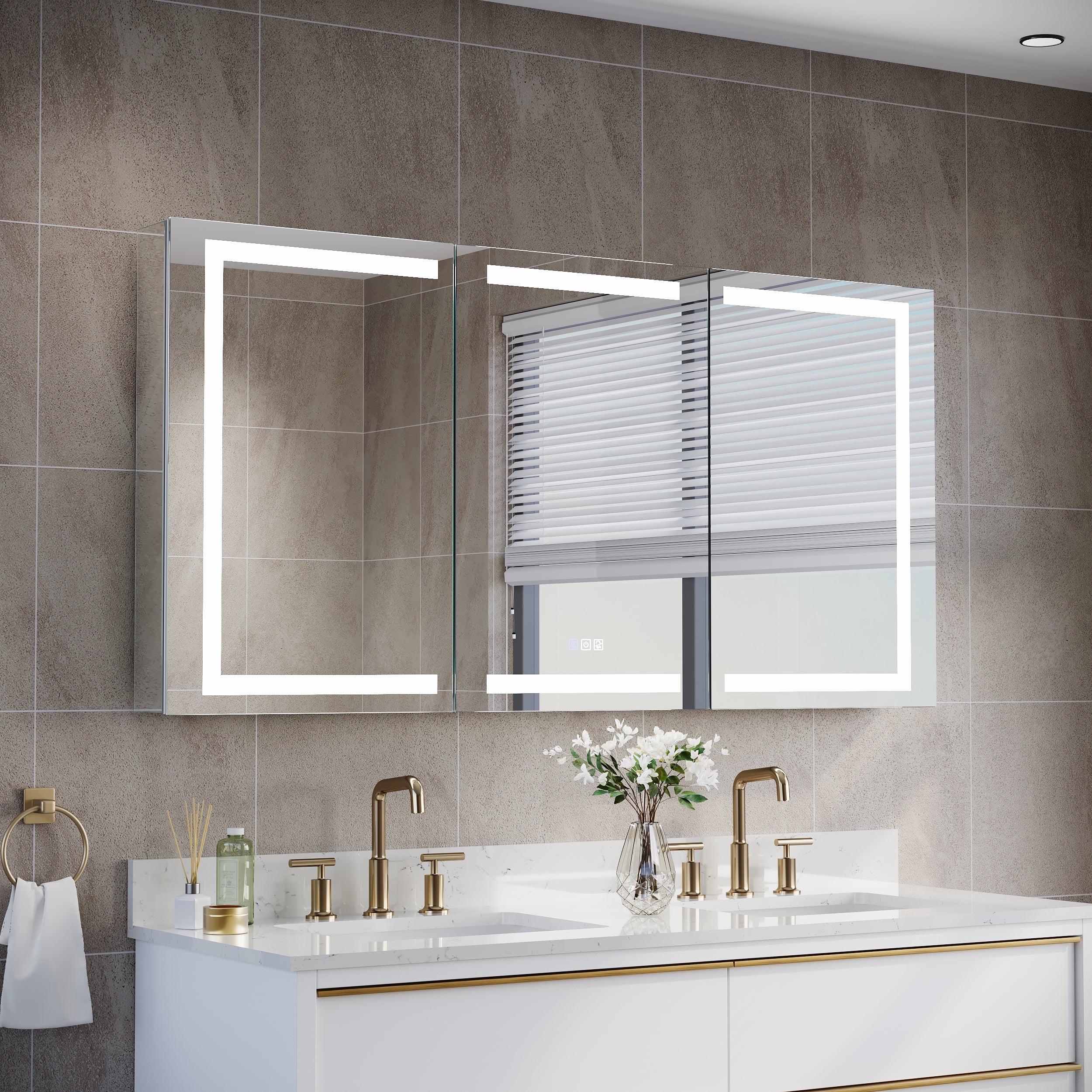







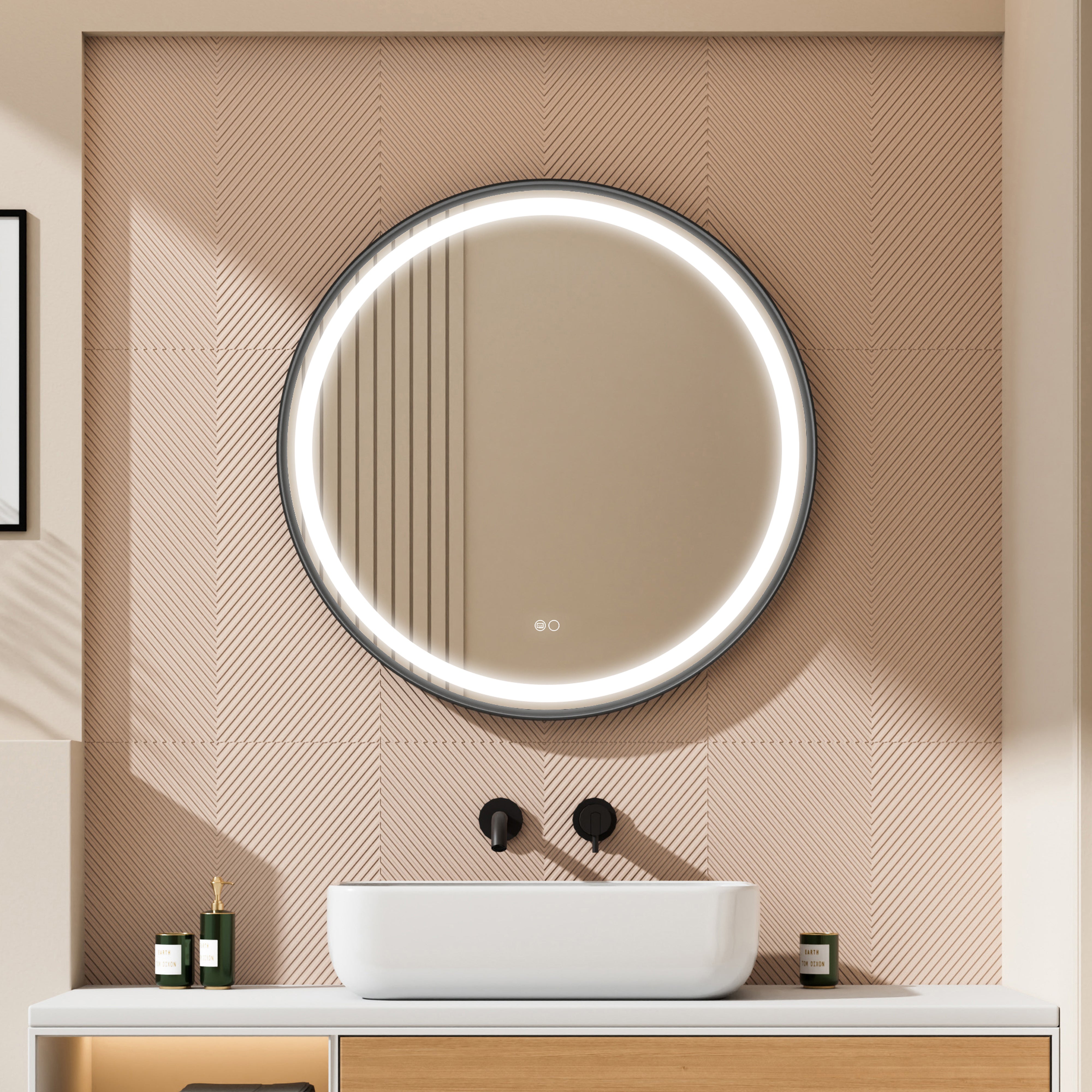
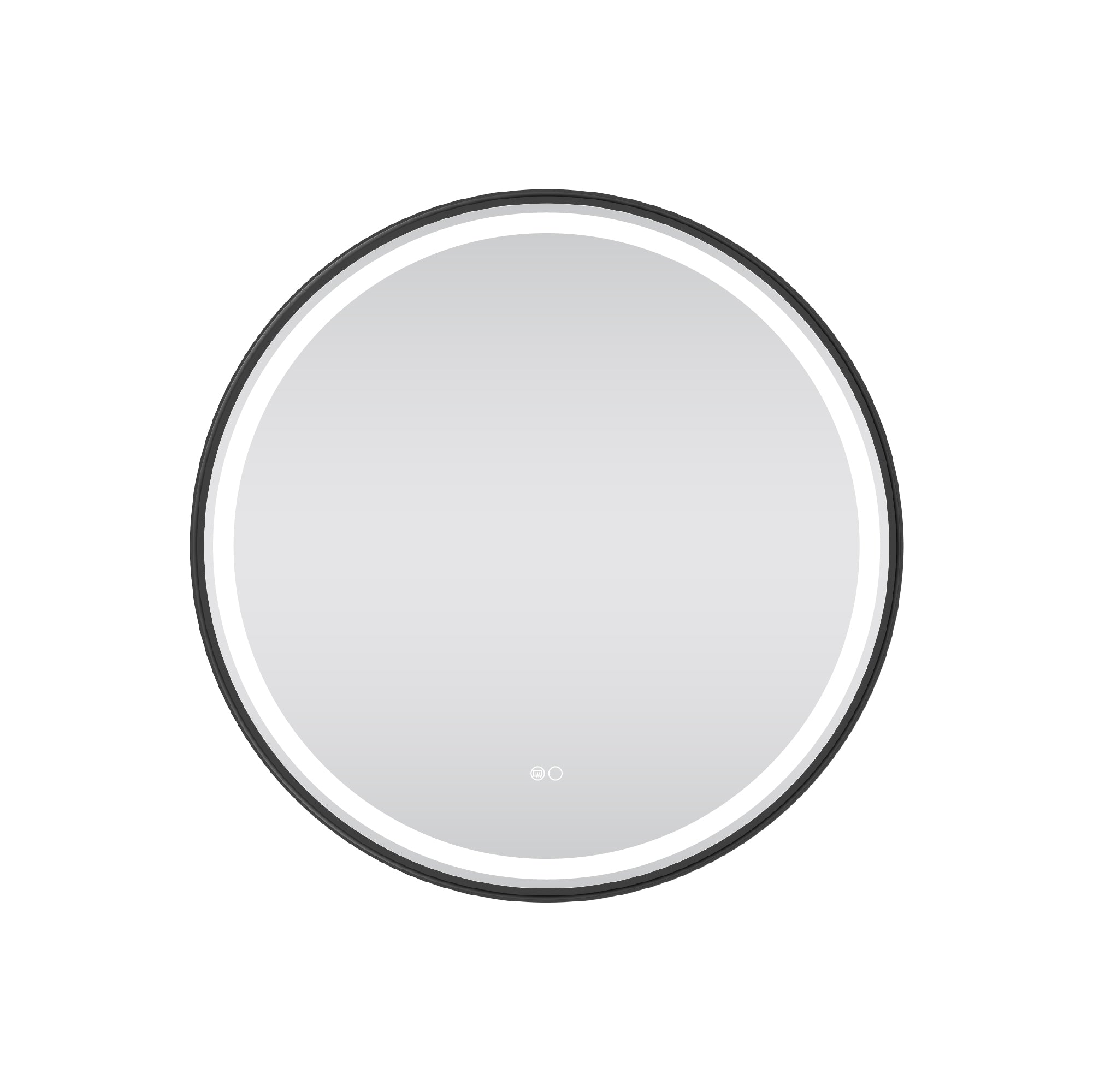


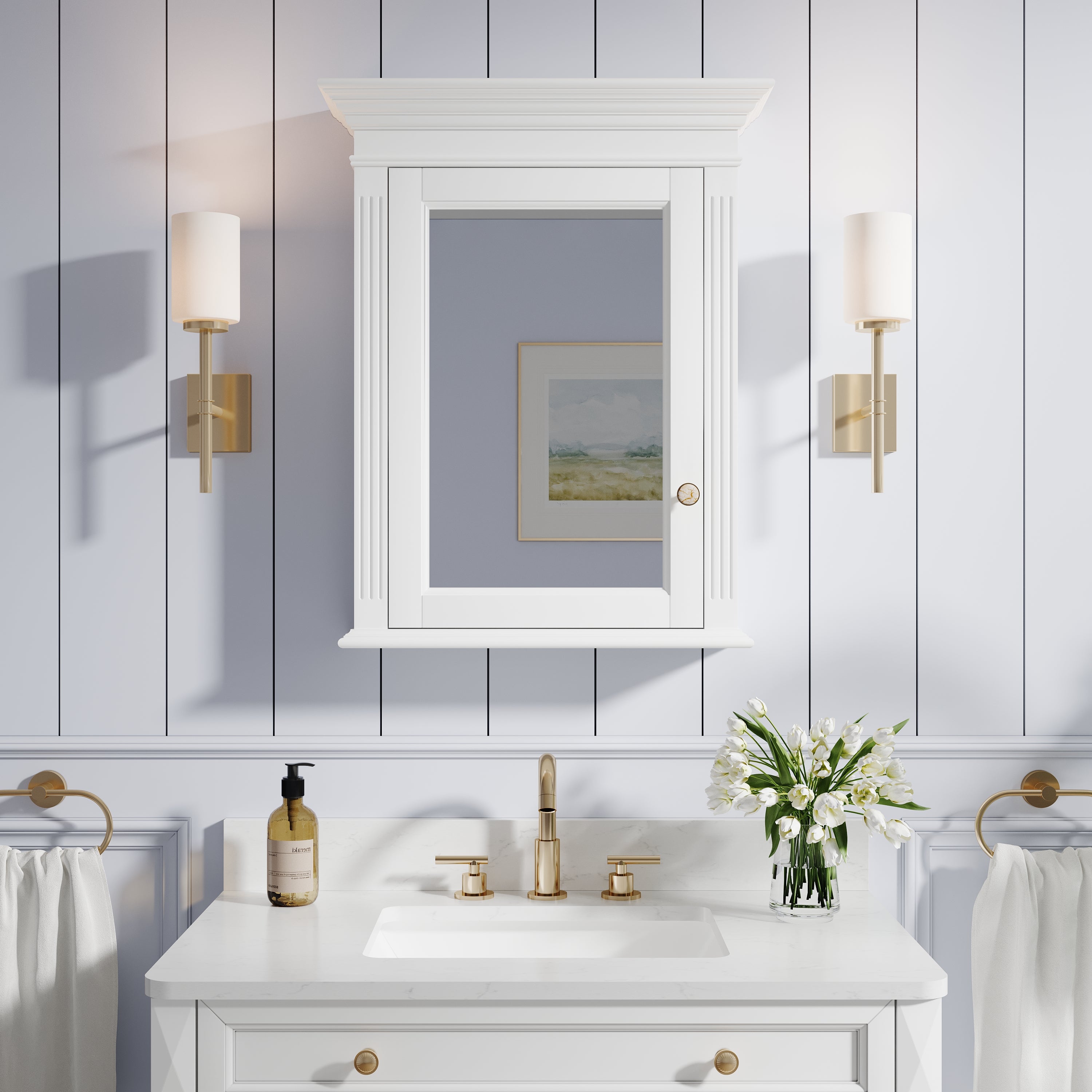
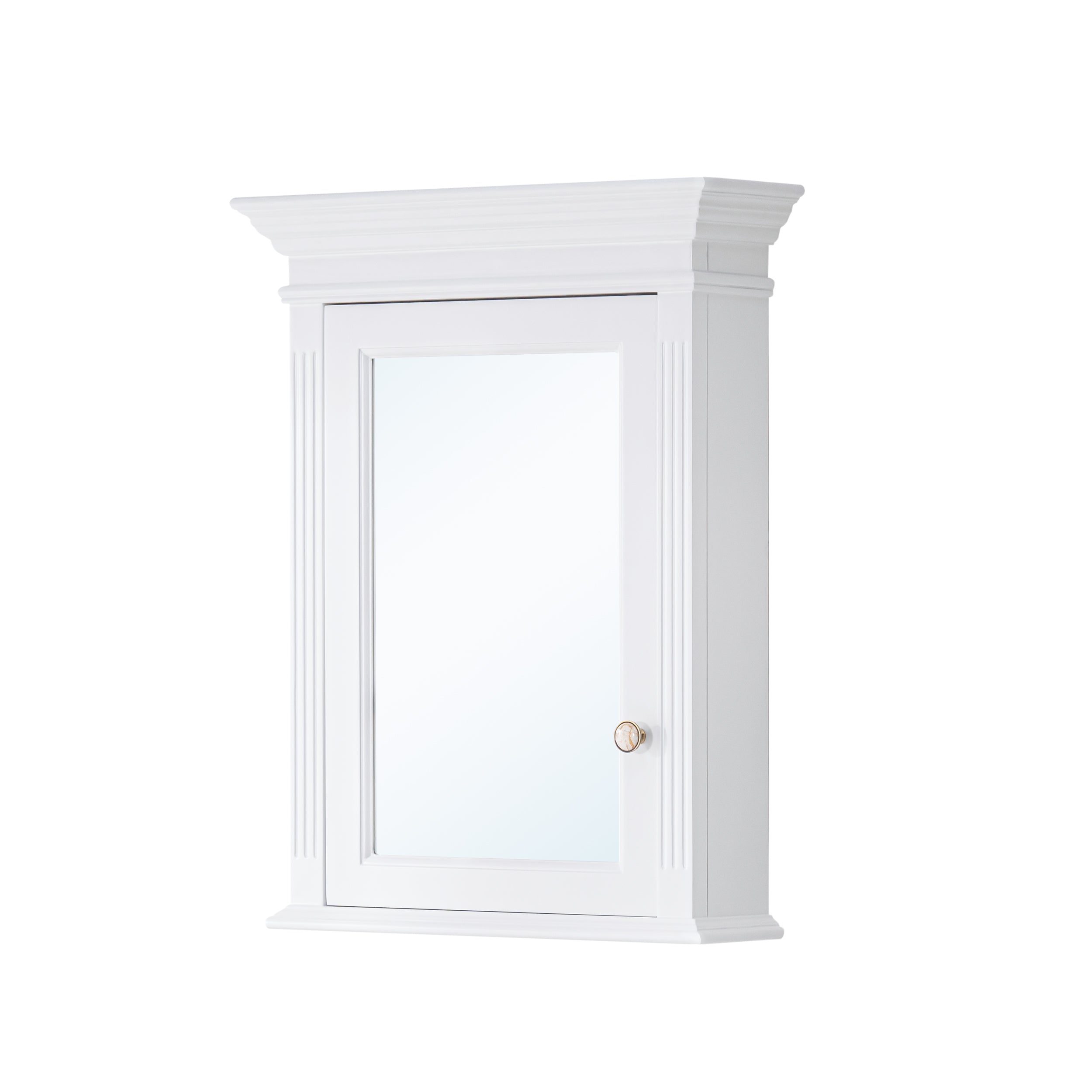


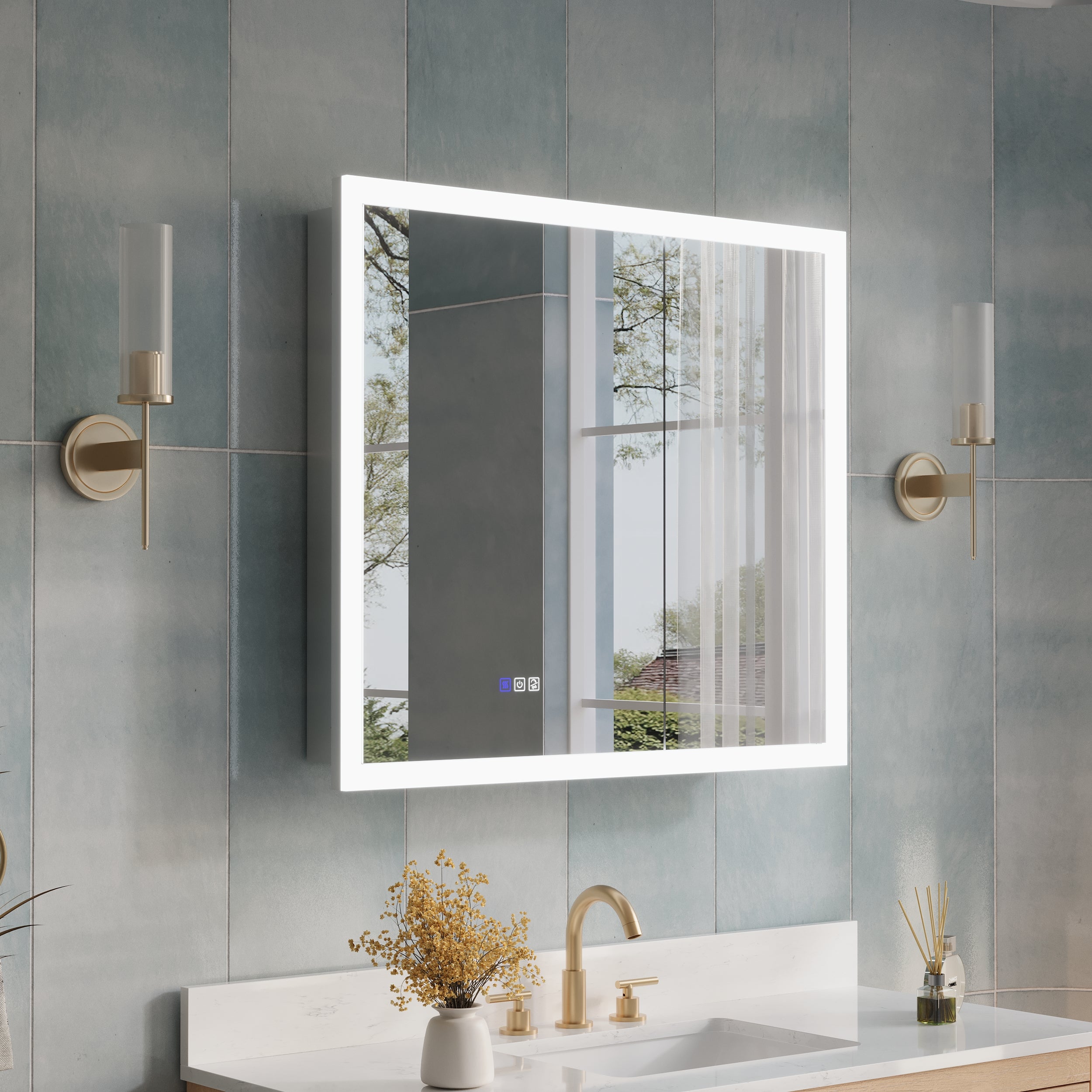




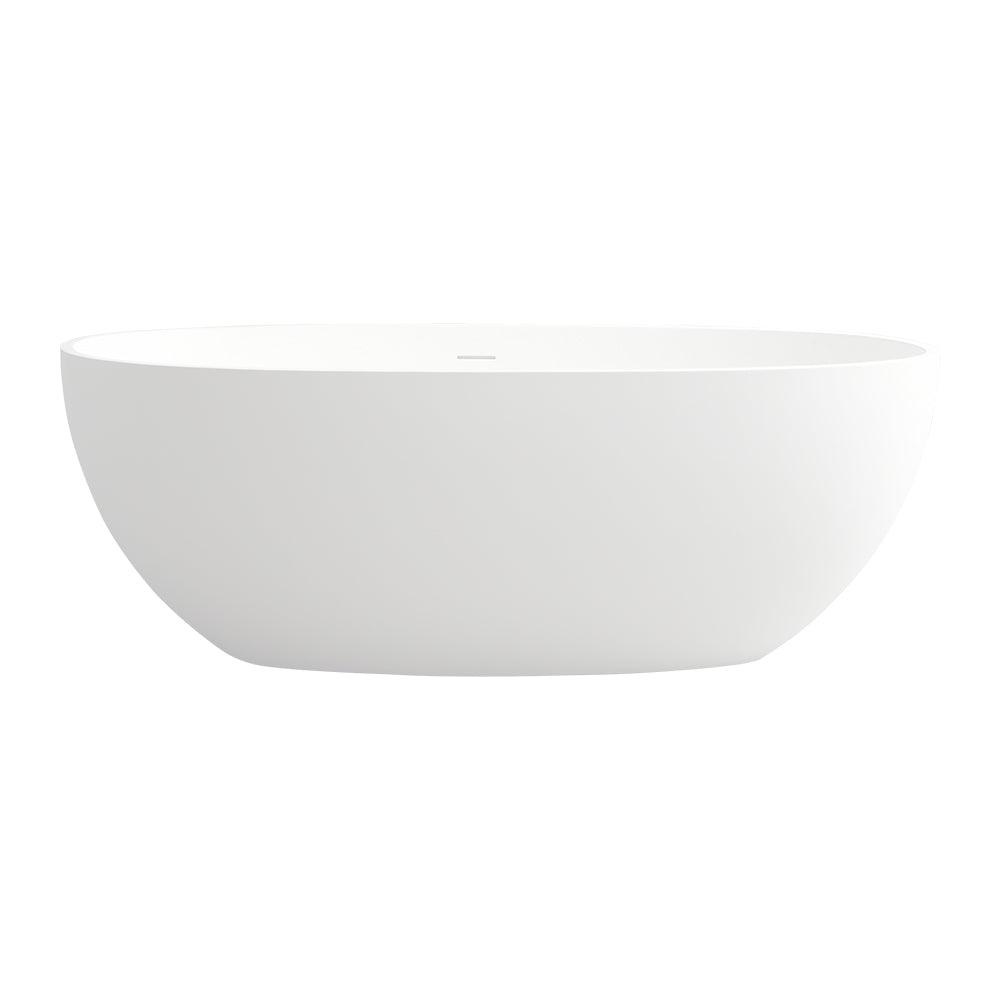

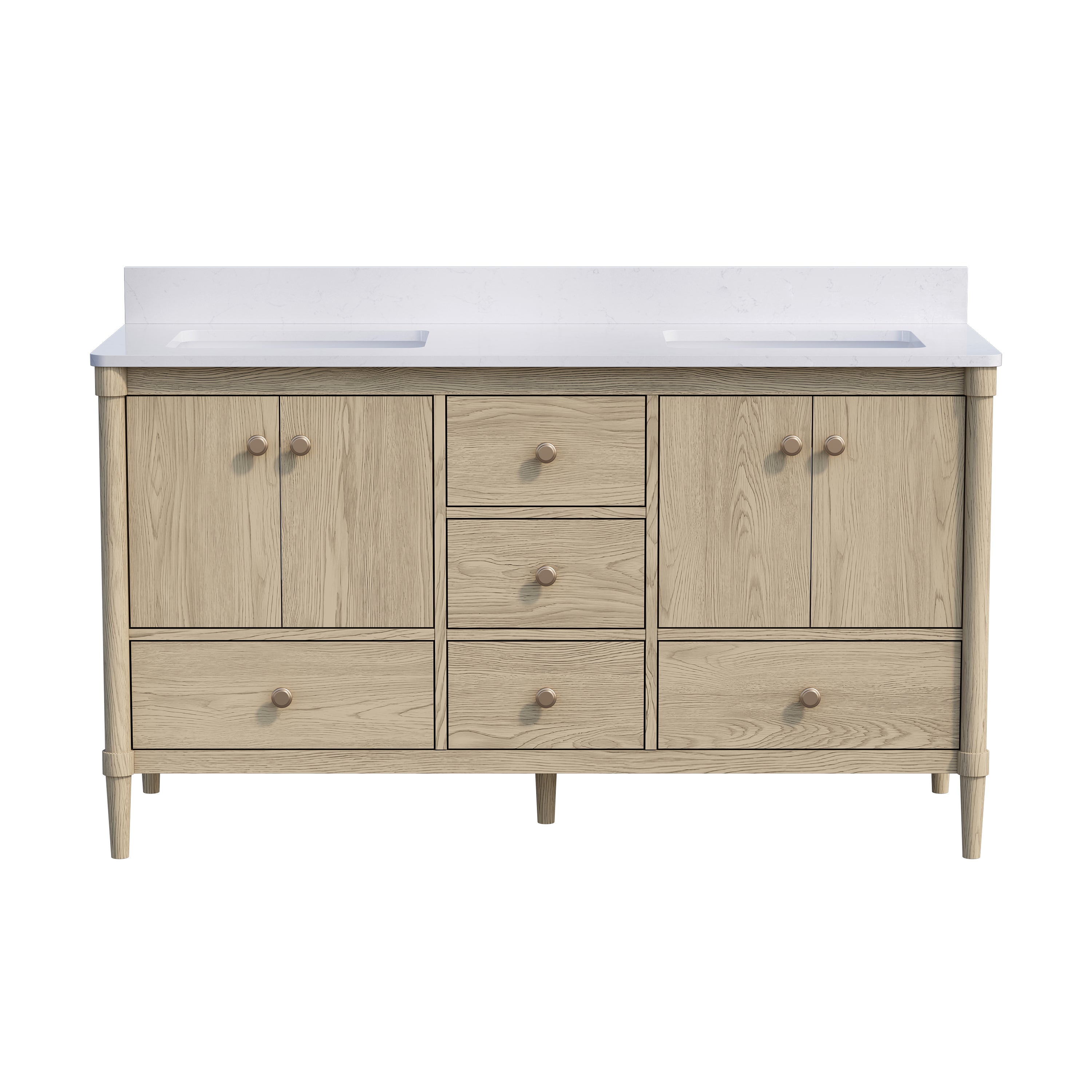
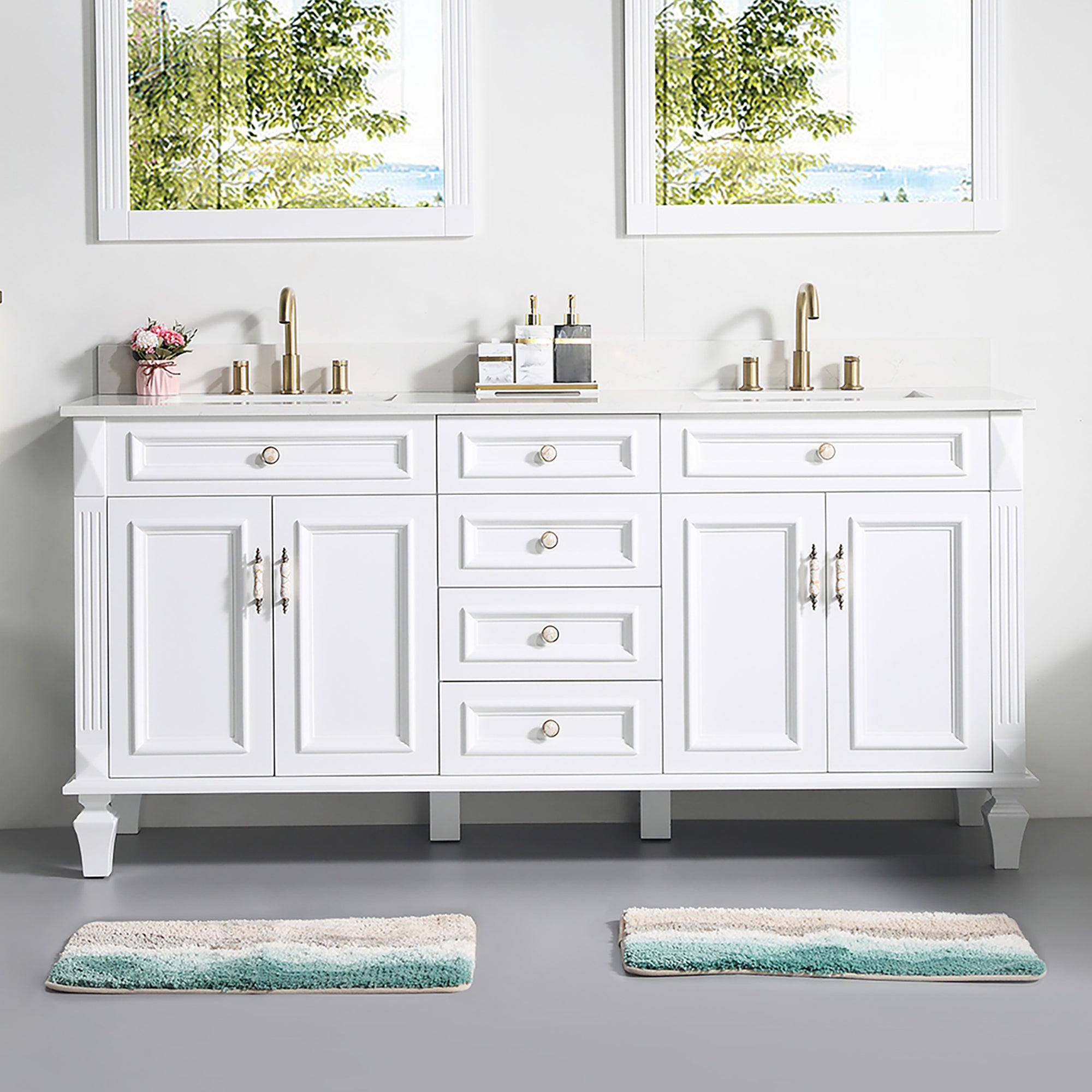

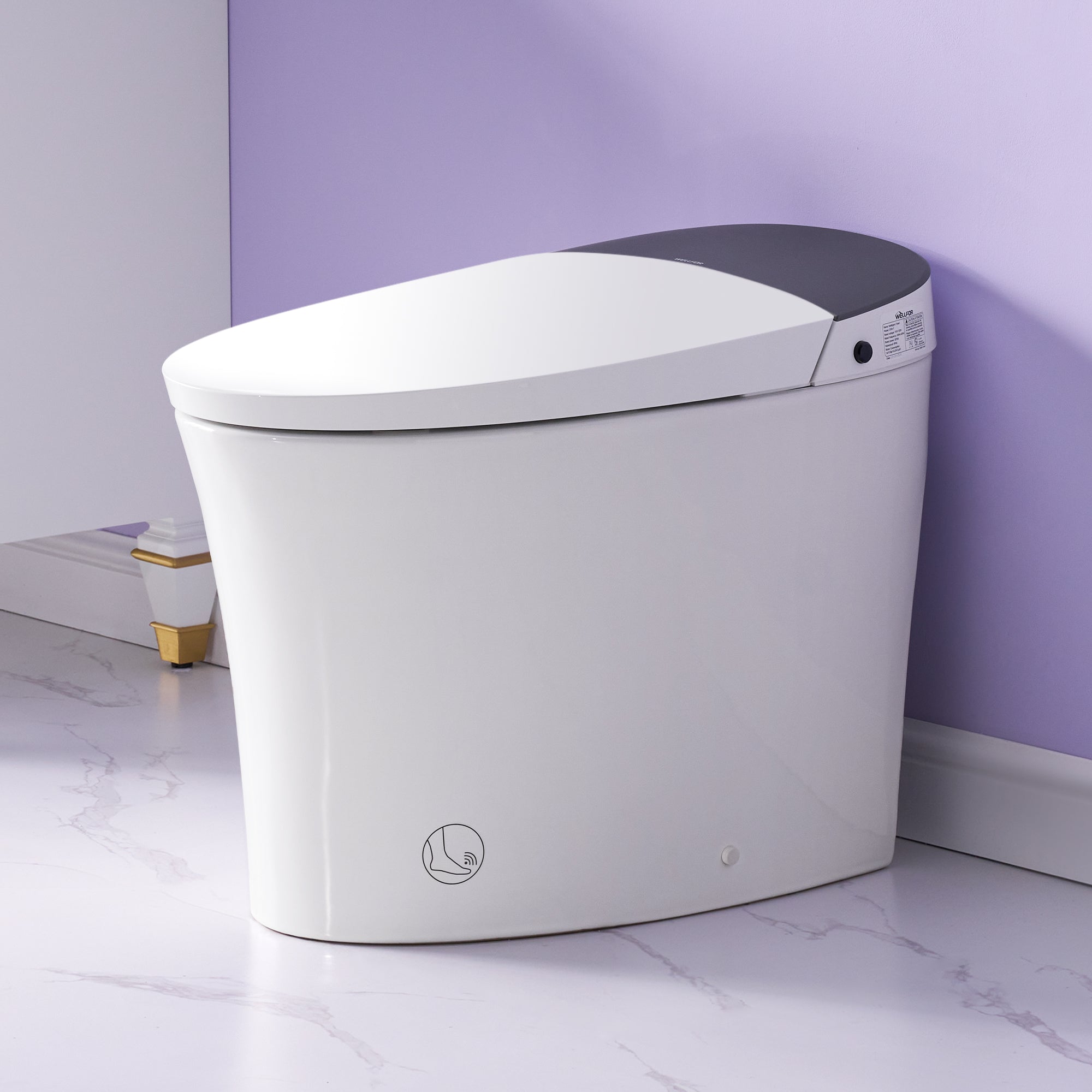
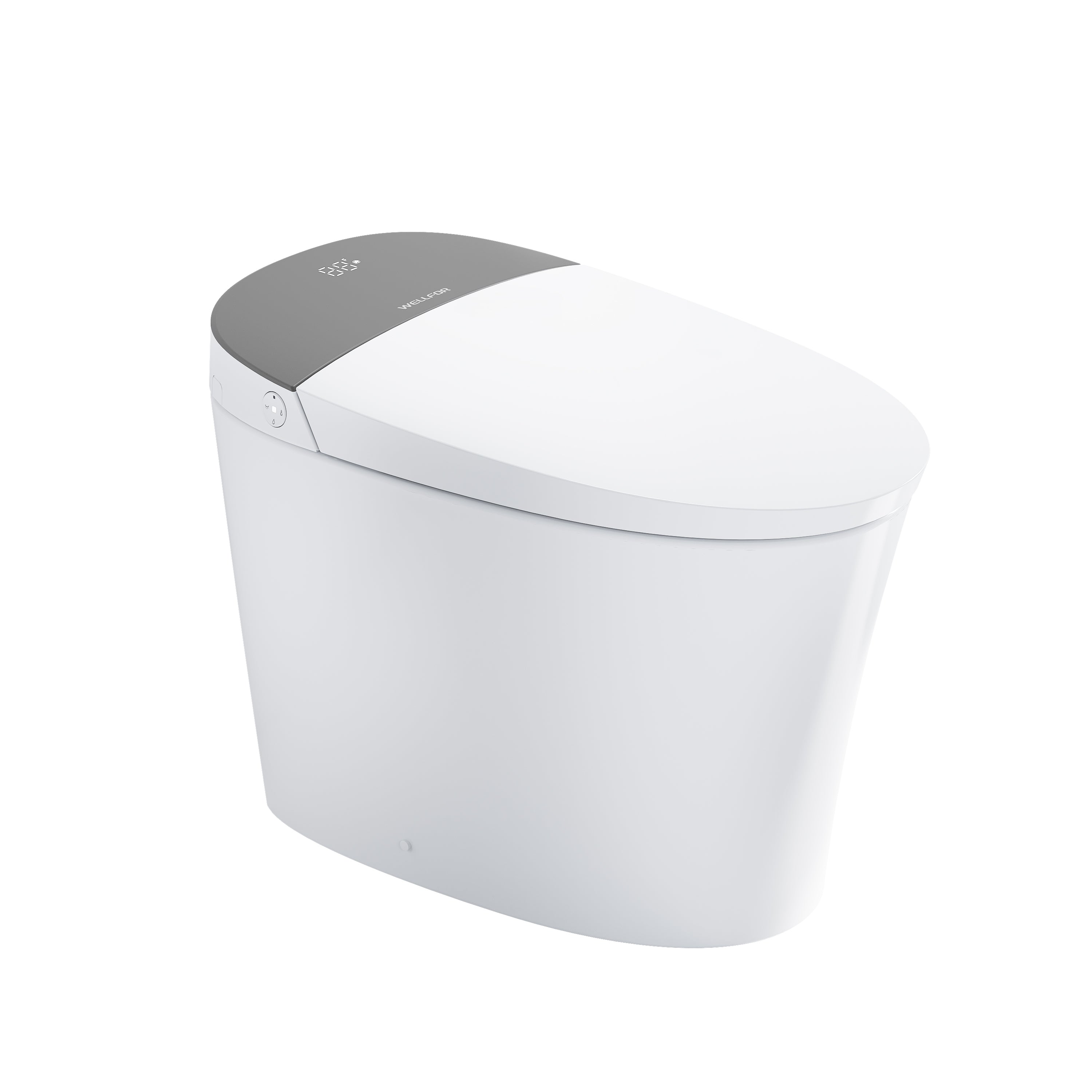

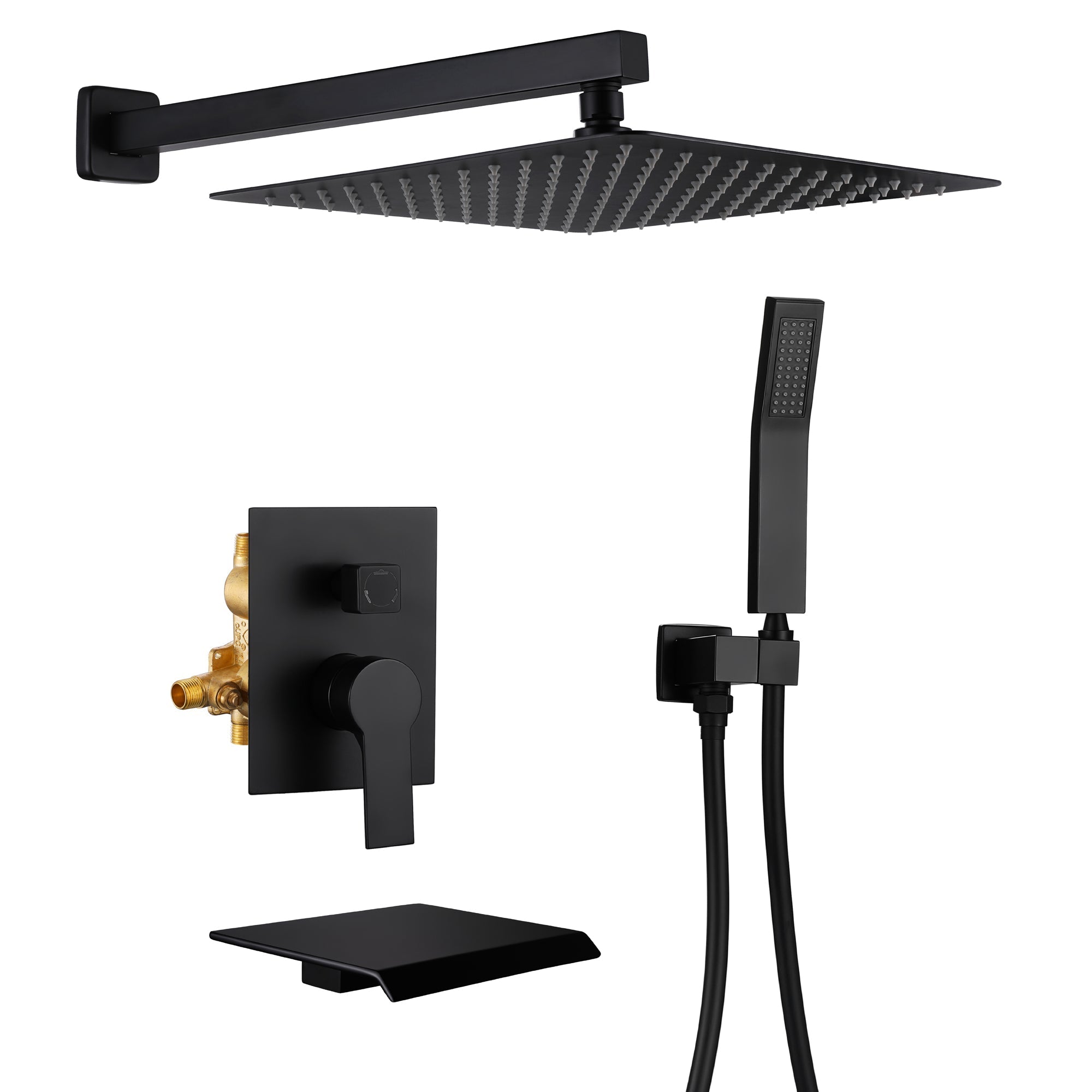
Leave a comment
This site is protected by hCaptcha and the hCaptcha Privacy Policy and Terms of Service apply.